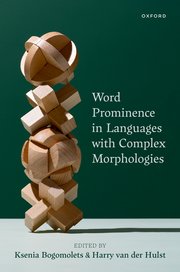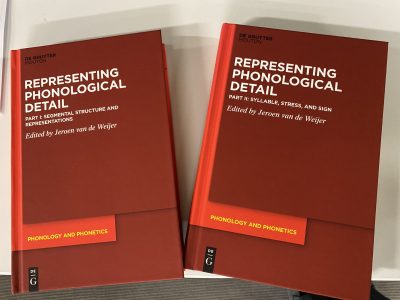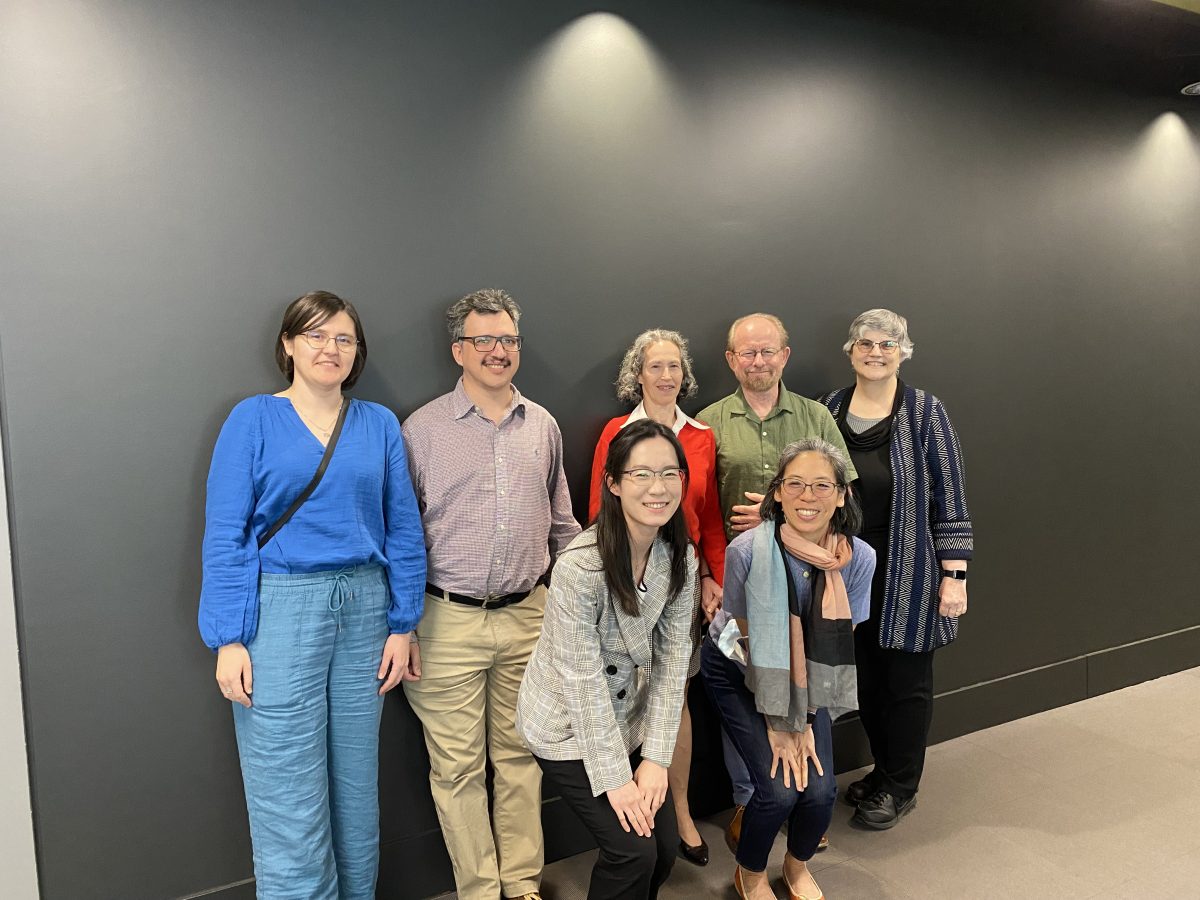The article “Movement in disguise: Morphology as a diagnostic for verb movement in Algonquian”, by Ksenia Bogomolets (PhD 2020, now at Māori Language Commission & University of Auckland), Paula Fenger (PhD 2020, now at Leipzig University), and Adrian Stegovec, has just appeared online ahead of its print publication in the journal Syntax.
Abstract: This paper argues for a unification of two seemingly unrelated phenomena from unrelated language families: Verb Second in Germanic, and Conjunct versus Independent Order in Algonquian. It is argued that both reflect the possibility of the verb moving to C. While in Germanic this results in word order differences, in Algonquian V-to-C movement is detectable only via morphological alternations in agreement morphology. Under this view, Conjunct/Independent agreement and V2 are merely distinct reflexes of the same underlying process. This opens up new avenues of research in relation to V-to-C movement, framing it as a parametric option with potentially very different surface results in different languages depending on the setting of other parameters.




